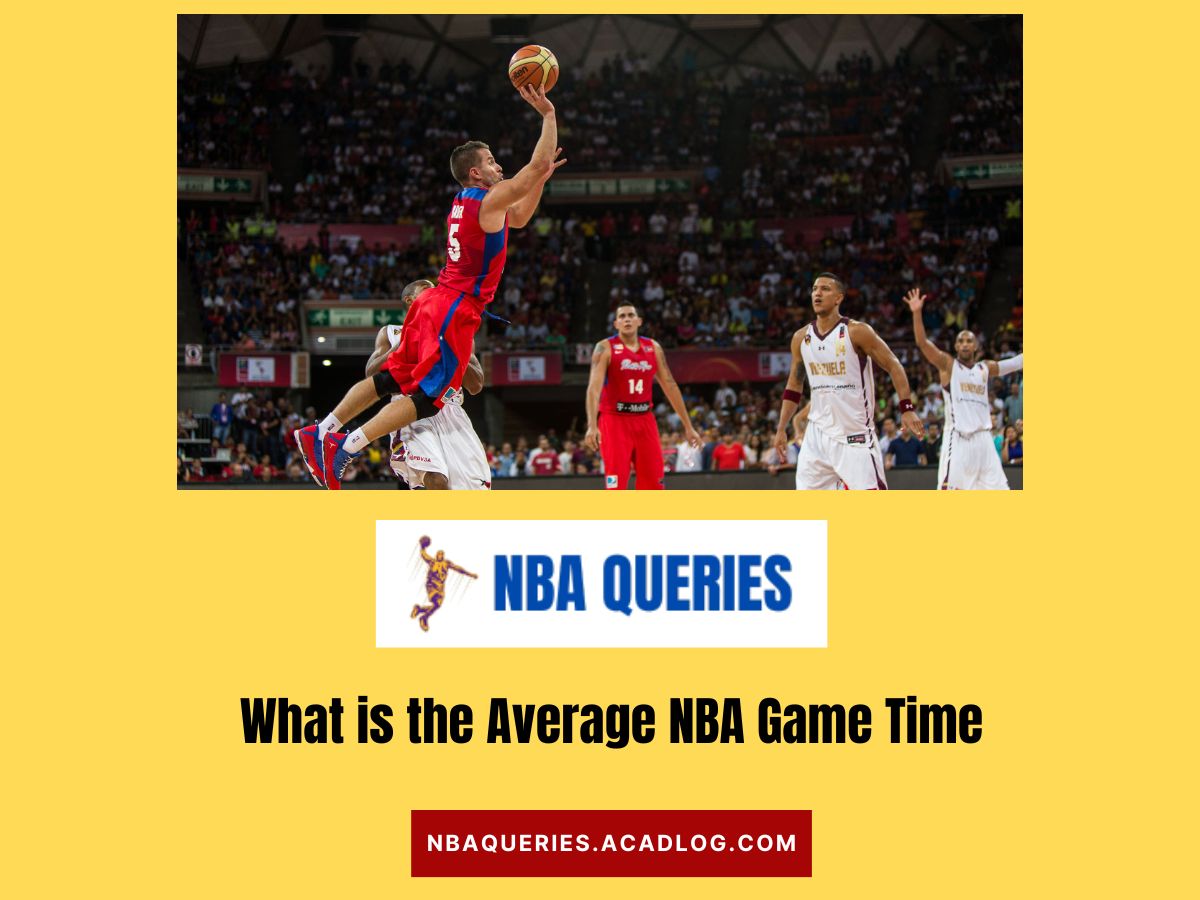The duration of NBA games is a topic of interest for fans, players, and analysts alike. Contrary to the structured 48-minute game time, divided into four 12-minute quarters, the actual length of an NBA game encompasses much more, extending the experience well beyond the court time due to various factors. This article dives into the intricacies of the average NBA game time, exploring the elements that contribute to its length and providing a comprehensive overview of what fans can expect when tuning in or attending a game.
The Framework of an NBA Game
At its core, an NBA game is structured around four quarters, each lasting 12 minutes. However, this 48-minute framework is just the tip of the iceberg. The halftime break, quarter breaks, timeouts, and other stoppages significantly extend the real-time duration of a game. Halftime breaks are consistently around 15 minutes, and quarter breaks approximately two minutes. Additionally, each team has the opportunity to call up to seven timeouts during a game, with each timeout lasting 75 seconds since the 2017-18 season.
The Real-Time Duration of NBA Games
The actual game time significantly differs from the theoretical 48 minutes due to various stoppages. Regular season NBA games have an average duration of approximately 2 to 2.5 hours, while playoff games can extend to around three hours. Factors contributing to this extension include commercial breaks, game stoppages for fouls, injuries, and free throws, and the strategic use of timeouts by teams.
A Closer Look at Game Length Factors
Commercial Breaks and Broadcast Requirements
Commercial breaks play a significant role in extending game time. These breaks are strategically placed throughout the game, especially during timeouts and between quarters. Notably, nationally televised games tend to have longer durations due to extended commercial breaks, with an average length of about 2h 18min for national broadcasts compared to 2h 13min for local TV games.
The Impact of Close Games and Overtime
Game duration also varies with the competitiveness of the matchup. Games decided by 5 points or less have been shown to last longer, averaging around 2h 18min, due to strategic timeouts and intentional fouling in the closing stages. Overtime periods add approximately 20 minutes per overtime, with games featuring one overtime lasting around 2h 35min.
Playoff and Postseason Dynamics
Playoff games are notably longer, averaging about 2h 25min, due to longer timeouts for additional commercials and the closer nature of these games, leading to more strategic stoppages.
Historical Context and Exceptional Games
The longest NBA game on record occurred in 1951 between the Rochester Royals and the Indianapolis Olympians, lasting 78 minutes and including six overtimes. This exceptional duration remains an outlier but highlights the potential for extended play under certain circumstances.
Addressing the Duration Dilemma
The extended duration of NBA games, especially in the context of close matches and playoffs, reflects the dynamic nature of basketball but also presents challenges in maintaining viewer engagement throughout. The NBA and broadcasters have introduced various strategies to address this, aiming to enrich the viewing experience without compromising the integrity and competitiveness of the game.
Maximizing Engagement During Breaks
The strategic placement of commercial breaks, while necessary for revenue, opens up avenues for creative engagement strategies. Halftime shows, interactive fan contests, and in-arena entertainment are designed to keep the audience engaged during breaks. Similarly, broadcasters often feature expert analysis, behind-the-scenes content, and interactive fan polls during timeouts to keep viewers hooked.
Leveraging Technology for Enhanced Experiences
Advancements in broadcasting technology have allowed fans to enjoy more immersive viewing experiences. Multi-angle replays, high-definition slow-motion footage, and virtual reality experiences offer fans new ways to engage with the game, providing value beyond the live action. Interactive apps and second-screen experiences also allow fans to delve deeper into game statistics and player information, enriching the viewing experience.
The Role of Overtime and Close Games
Overtime games, while extending the average NBA game time, offer heightened drama and excitement. The NBA capitalizes on these moments by enhancing broadcast coverage with detailed analysis, instant replays, and heightened social media interaction, keeping fans engaged during these critical moments of play. The thrill of a close game or an overtime thriller underscores the unpredictable nature of basketball, serving as a key attraction for fans.
Fan Experience Beyond the Broadcast
For fans attending games live, the NBA game experience is an event that extends beyond the confines of gameplay. Pre-game festivities, arena amenities, and post-game interactions with players offer fans a comprehensive entertainment package. These elements are designed to enhance the fan experience, ensuring that the time commitment is rewarded with a multifaceted entertainment experience.
Addressing Time Commitments for Live Games
Attending an NBA game live is an investment in time, often requiring fans to allocate several hours for the full experience, including arrival, game time, and departure. The NBA and individual arenas have focused on improving ingress and egress processes, enhancing in-arena amenities, and ensuring that the live game experience is worth the time and financial investment for fans.
Final Thoughts
The average NBA game time, influenced by gameplay, commercial commitments, and strategic timeouts, presents both challenges and opportunities for fan engagement. Through creative entertainment strategies, technological enhancements, and a focus on the fan experience, the NBA continues to adapt and evolve, ensuring that the extended duration of games becomes a value-added aspect of the basketball experience.

